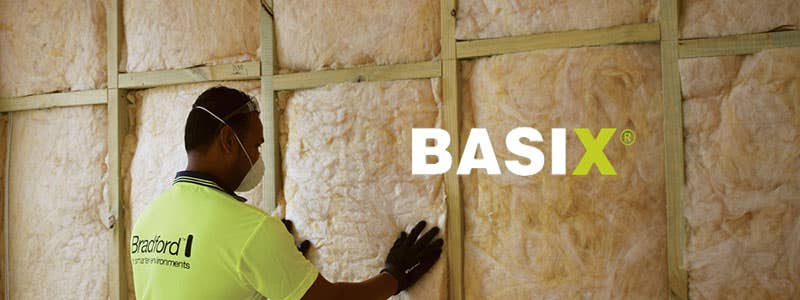HIA Update
After the BASIX targets increased in July 2017, HIA members raised concerns about how the DIY method within the BASIX tool was working.
Particular concern was raised that granny flats and fairly simple, single storey slab-on-ground house designs were having difficulty achieving a ‘pass’ using the DIY method. HIA raised these concerns with the Department of Planning and Environment.
After HIA raised these concerns the Department commenced a project to ‘fine-tune’ the BASIX tool.
What has been ‘fine-tuned’?
Options to increase the minimum insulation requirements
Previously the DIY method only had automatic defaults for insulation. Now the user can choose to upgrade the insulation to better reflect insulation commonly used onsite. This will often result in a better outcome with less reliance on performance glazing to achieve a pass.
Incorporating floor area correction factors to dwellings with small floor areas (such as granny flats)
The floor area correction factors applied in the CSIRO CheNath engine underlying software accredited by the Nationwide Energy Rating Scheme (NatHERS) were included to correct for the heating and cooling loads of proposed dwellings with floor areas below 190 m2. In other words it will now be easier for granny flats to ‘pass’ BASIX using the DIY method than it was prior to the ‘fine-tuning’.
Improving the correlation to determine heating and cooling loads with the DIY method for light-weight constructions
In short, the DIY tool now treats light-weight cladding in a similar way to the Simulation method using NatHERS-accredited software. This means that proposed dwellings with framed walls and/or suspended floors are less reliant on high-performance glazing and/or dark roofs to satisfy the BASIX thermal comfort requirements.
This ‘fine-tuning’ has now been implemented, and as a result certain projects may be able to achieve a ‘pass’ for thermal comfort with affordable options using the DIY method, thus saving the expense of engaging an accredited assessor to run a simulation.
However, it is important to note that due to the options available to an assessor when using NatHERS software, certain projects will still achieve a better outcome when ‘simulated’.
It should be noted that these changes are not ‘BASIX target changes’. Rather these changes are ‘tweaks’ to how the tool works.
For further clarification and information HIA members can contact HIA’s Building Services team on 1300 650 620 or hia_technical@hia.com.au
Craig Jennion
HIA Executive Director – Hunter



